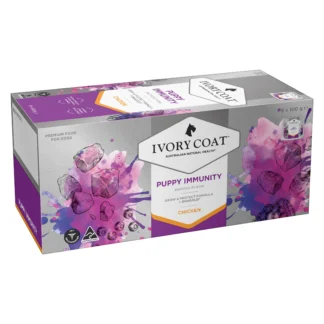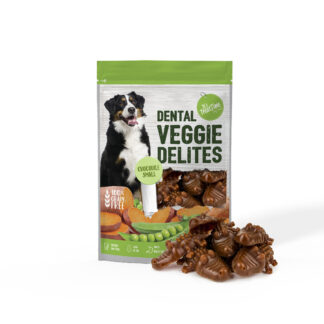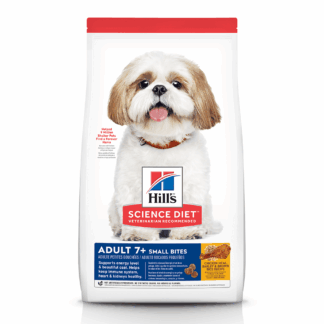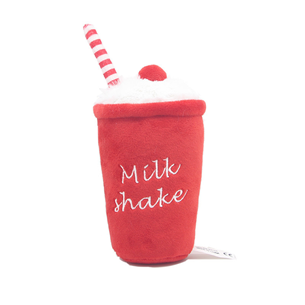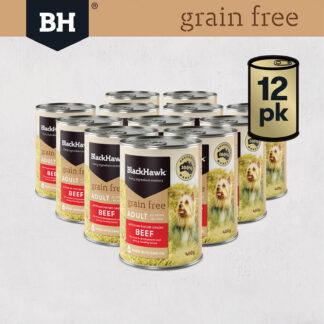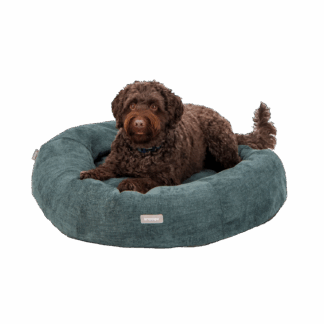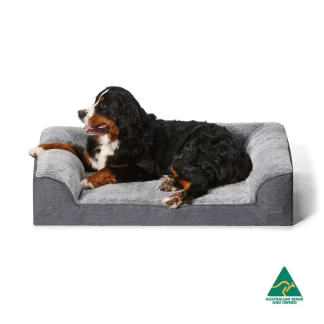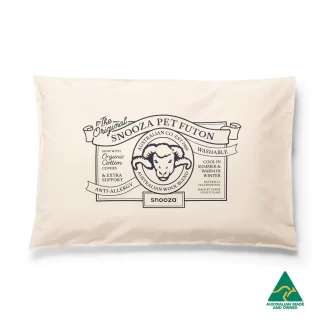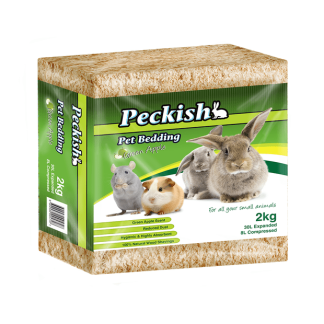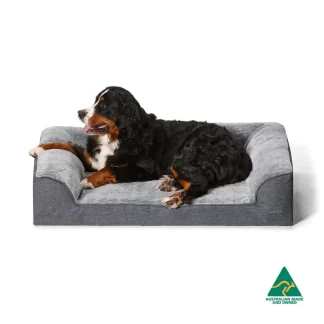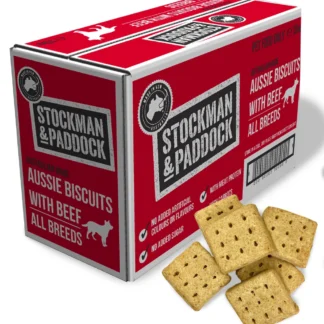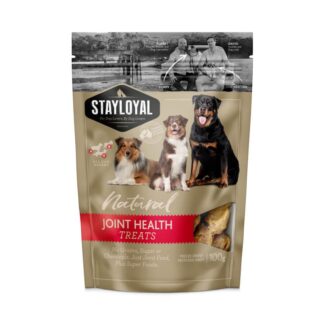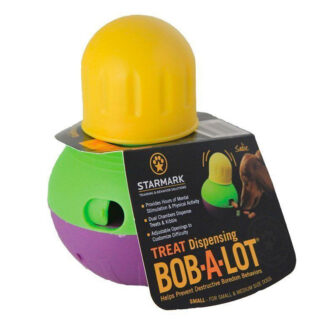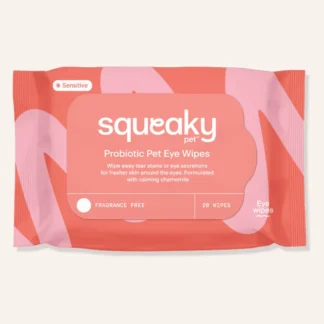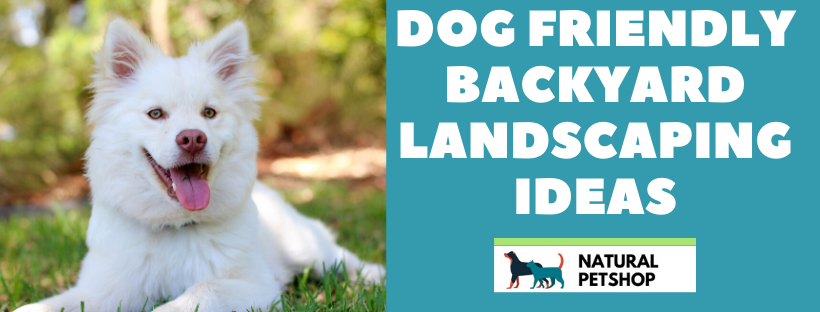
How dog-friendly is your back yard? You may have come here looking for dog friendly backyard landscaping ideas and tips for your yard and garden in general.
Dog friendly backyard landscaping ideas – Does your yard match your dog’s needs?
Maybe you have got a new dog, or have shifted homes; meaning that your dog may be unfamiliar with your yard and garden.
There are so many things to be aware of such as making sure that fences and gates are safe and secure; having a dedicated toilet area for the dog; dog-specific features such as a digging area, play area, sleep area that includes an outdoor bed, and maybe even a pond would all enhance the yard.
At the same time, you need to make sure that the yard still functions as a usable space for the human inhabitants.
Those layout and features are great but you also need to be aware of other animals that use your yard; such as watching out for Cane Toads, Snakes, Lizards, certain breeds of Spiders, Fleas and Ticks to name a few examples.
Plants also need careful consideration so that you are aware of species that may be toxic to your dog, or cause reactions and in certain instances, even be deadly to them. At the same time there are also some great dog-friendly plants out there that could add interest to the yard for your dog.
The purpose of this Blog is to remind dog owners that there are specific needs for our dogs when it comes to dog yard ideas. It’s easy to take certain things for granted and on occasions we miss things.
It can even be things as simple as remembering that a dog left alone for lengthy periods is bound to get bored, and often a dog that is bored will dig as a way of filling in time.
That digging could ruin your garden, or the dog may escape or injure itself.
Spend some time reading this Blog and see how your dog backyard playground rates.
Dog friendly backyard landscaping ideas – Backyard layout
I’ve seen so many Reality TV House Renovation shows now to have it etched in my mind that Kitchen’s need to not just look great but above all they need to be functional.
The presenters always talk about that “Magic Triangle” of Stove/Oven, Sink and Refrigerator.
In may regards that emphasis on functionality but in a dog-specific way is what is also needed when designing with your dog friendly backyard landscaping ideas.
There is a really great book called “Dogscaping” by US-based writer Tom Barthel that has a suggested yard layout.
From my interpretation of the layout there are areas aimed at the human occupants as well as the dog.
In particular the human areas include patio areas close to the house for a good indoor/outdoor flow for dining, playing, sunbathing etc.
Further out from the house are lounging and digging spots on one side of the yard for the dog, with a toilet area on its own across the other side at the rear of the yard.
That layout has then incorporated long, straight areas across the back and down one side of the yard ideal for the dog and humans to run about and play, etc.
There is also a row of shrubs planted down one side that is also multi-functional; screening from neighbours, creating areas of sun and shade at different times of the day and in different seasons, as well as a great spot for daytime naps, whether that be the dog under a tree on the ground or on an outdoor dog bed and/or human in a chair or hammock.
Most people nowadays like to try and recycle garden waste as well grow a few edible plants such as vegetables, herbs, fruit trees, etc.
It’s also common for many homes to have a small Chicken coop, so that their droppings are used as fertilizer, kitchen scraps become part of their food and fresh, organic eggs for the homeowner are a great addition to the functionality of the dog friendly backyard.
In addition, they may also be aiming to have a “water-wise” garden area, where in particular water tanks are used to capture the rain water off the roof and depending on where you live your local authority may also allow the use of Grey Water (usually from the bathroom showers and sinks along with laundry waste water) can be used on lawns (check with your local authority if unsure).
The homeowner may also use an irrigation system to water the vegetable and shrubs, etc.
Each of those examples in the last paragraph human-specific uses of sections of the yard. However, when designing your dog-specific portion of the yard each of those examples also need to be considered.
You need to be able to keep the dog out of the area you are growing your vegetables and herbs so that they don’t get squashed, dug up, used as a toilet, or chewed – some plants may be toxic to dogs. You also need the chickens to feel safe without the dog chasing or possibly killing them.
Your garden watering system may include irrigation, so you need to make sure it doesn’t end up being dug up, chewed and/or something for the dog to choke on.
If using Grey Water on the lawn you may also have to restrict it to other lawn areas not used by the dog.
Another important thing is to make sure that you don’t use fertilizers or garden/pest sprays that contain chemicals that could be toxic or fatal to your dog.
Always read the instructions and talk the staff at the garden center before buying products. Also store what you do buy in a secure place out of reach of children as well as your dog.
Maybe this scenario actually presents you with the opportunity to have an organic garden and/or lawn, or perhaps even some Permaculture practices, even if only on a small domestic scale.
Some dogs love to rest or play in water and if your dog fits into that category then you can easily incorporate a small pond that will do the job.
-
 Snooza Organic Pet Futon – Natural – Breathable Wool Blend, Organic Cotton, Machine Washable, Eco-Friendly Comfort for Pets – MindiampetsPrice range: $79.99 through $99.99
Snooza Organic Pet Futon – Natural – Breathable Wool Blend, Organic Cotton, Machine Washable, Eco-Friendly Comfort for Pets – MindiampetsPrice range: $79.99 through $99.99 -
 Snooza 2-in-1 Dog Crate Cover – Water-Resistant, Washable, Grey, Fits Snooza Crates, Roll-Up Access Panels – Mindiampets.com.auPrice range: $89.99 through $119.99
Snooza 2-in-1 Dog Crate Cover – Water-Resistant, Washable, Grey, Fits Snooza Crates, Roll-Up Access Panels – Mindiampets.com.auPrice range: $89.99 through $119.99 -
 Peckish – Pet Bedding – Natural Soft Wood Shavings, Hygienic, Absorbent, Dust-Free, Odour Control for Small Animals – Mindiampets.com.au$35.99
Peckish – Pet Bedding – Natural Soft Wood Shavings, Hygienic, Absorbent, Dust-Free, Odour Control for Small Animals – Mindiampets.com.au$35.99 -
 Snooza Deluxe Car Travel Dog Bed, Waterproof with Reversible Cushion, GreyOriginal price was: $173.00.$157.99Current price is: $157.99.
Snooza Deluxe Car Travel Dog Bed, Waterproof with Reversible Cushion, GreyOriginal price was: $173.00.$157.99Current price is: $157.99. -
 Snooza Ortho Dream Sofa Dog Bed – Plush Chinchilla Comfort for Your Pet Orthopedic 3 Sided Bolster BedPrice range: $168.99 through $195.99
Snooza Ortho Dream Sofa Dog Bed – Plush Chinchilla Comfort for Your Pet Orthopedic 3 Sided Bolster BedPrice range: $168.99 through $195.99 -
 Portable Pet Travel Mat, 66 x 90 cm, Quilted Plush Grey, Foldable with Carry HandlesOriginal price was: $92.99.$83.99Current price is: $83.99.
Portable Pet Travel Mat, 66 x 90 cm, Quilted Plush Grey, Foldable with Carry HandlesOriginal price was: $92.99.$83.99Current price is: $83.99.
Just remember to keep it topped up and make sure that it is in a place that doesn’t too much heat and become really hot, or in a spot where it fills with too many leaves.
Also make sure that the pool water isn’t stagnant; use something like a small bubbler or waterfall or even some live fish that can hide under rocks.
This is important because stagnant water provides the perfect breeding ground for Mosquitoes which can sting your dog as well as carry harmful diseases such as heartworm.
If installing a small pump/bubbler to keep the water aerated, it is worth considering a solar powered system so that there are not electrical cables that your dog could chew.
If your yard contains a domestic swimming pool make sure that it is well fenced; both from a safety aspect for children but also to keep your dog out of it.
Dogs love to drink and your pool can contain all sorts of chemicals and/or pool salt; all things that keep it looking great for you, but could be harmful to the dog.
Dog backyard ideas – Things in your backyard that can be dangerous for your dog
There are many things in the average backyard that can be dangerous for your dog.
Here is a selection, many of which are sourced from the RSPCA:
Rat or mouse bait (rodent poisons) – RSPCA
Many pets have been poisoned due to them ingesting this type of product.
These are a common cause of pet poisonings.
As most of these baits contain warfarin-like chemicals (anti-coagulants) they can kill dogs slowly and painfully through uncontrolled bleeding.
As the baits are often brightly coloured (to attract the intended rodents) they can seem attractive to dogs and need to be stored in a place not accessible to your dog.
Snail and slug baits – RSPCA
Dogs poisoned by snail bait poisoning is sadly fairly common.
There are many different products on the market but baits containing metaldehyde are very toxic to dogs, even if a very small amount has been ingested.
They can appear attractive to dogs as they are not dissimilar looking to many dog dry foods and because the baits often contain other food products, such as soybeans, rice, oats, or molasses the smell can be enticing.
Toxicity can be rapid; sometimes within one hour; signs and symptoms include:
- Initially mild twitching and an unsteady gait.
- Appearing anxious.
- Lack of coordination with increased heart and breathing rates.
- The possibility the dog is salivating and/or vomiting.
- Generalized tremors, followed by seizures.
- Tremors and convulsions significantly raising the body temperature. This can lead to permanent brain damage or be fatal.
- If you have witnessed or even suspect that your dog has ingested Snail bait then immediate veterinary attention is required. This will increase your pet’s chance of survival.
Poisonous plants – RSPCA and other sources
There are many indoor and outdoor plants are toxic to pets.
Although we are specifically talking about outdoor gardens here it is important to remember that Australia is a massive country with many different climatic regions so it is always advised to do your research on unsafe and safe dog friendly outdoor plants Australia.
Therefore, some plants specifically grown indoors in Southern regions could grow outdoors in warmer climates; resulting in them being in gardens used by dogs. Some examples include:
- Lily plants such as the Day Lily, Easter Lily, Japanese Show Lily, Tiger Lily, and the Rubrum Lily can all cause acute kidney failure in cats. Dog owners should also bear this in mind.
- All parts of the Castor Bean or Castor Oil plant are toxic including leaves, stems, roots and Beans.
- Yesterday-Today-Tomorrow of the Brunfelsia genus is toxic, especially the berries. Symptoms include fever, vomiting, muscle tremors, staggering and seizures.
- Autumn Crocus that cause an intense burning sensation in the mouth, vomiting, diarrhea, seizures, liver and kidney damage. Although the most toxic part of the plant is the bulb, the entire Plant is Toxic for Dogs.
- Azaleas are common sight in Australian gardens. They are so poisonous that the ingestion of just a couple of leaves can cause severe oral irritation, vomiting and diarrhea. There have severe cases, resulting in a drop in blood pressure, coma and death.
- Tulips are extensively grown in temperate and cooler climate areas. While the bulb is the most toxic part, ingestion can cause pain and irritation in the mouth, heavy drooling and nausea.
- The Sago Palm; more commonly known as the Cycad is grown throughout most areas in Australia. Although it has been known to cause issues for humans suffering from Asthma, it is extremely toxic to dogs when eaten, causing vomiting (with blood) and diarrhea, bleeding disorders, liver failure and, potentially, death. While all of the palm is dangerous, the seeds or “nuts” have the highest toxicity level.
- Oleanders are very toxic to dogs known to quickly cause fatal heart abnormalities, muscle tremors, incoordination, vomiting and bloody diarrhea.
- Cyclamen, if ingested can cause oral irritation, vomiting, diarrhea, heart abnormalities, seizures and death.
Other items dangerous to dogs when thinking about dog friendly backyard landscaping ideas – RSPCA
- Tree or plant fruit stones (these can be an obstruction in the intestines).
- Xylitol – sugar substitute, often used in Chewing Gum, some toothpastes and baked goods. Ingestion can cause low blood sugar (possibility of seizures and death, if not treated immediately). Consumption has been known to cause liver failure and clotting problems in some dogs.
- Garden mulch – cocoa mulch, also known as ‘Cocoa Bean Mulch’ or ‘Cocoa Shell Mulch’. Although it is generally not available in Australia there is the possibility that some small domestic chocolate manufacturers could sell cocoa shell mulch as a waste product.
- Coconut Shells or Husks make look inviting to a dog but after chewed by the dog this material can soak up a great volume of water as can the shreds of Coconut Meat, causing blockage of the intestines and severe discomfort and pain.
- Most fertilizer products contain varying amounts of compounds such as; Nitrogen, Potassium, and Phosphorus. As they are sold in liquid, solid or granules it is common for them to also contain additives such as insecticides, herbicides, fungicides, copper, iron, and zinc.
Due to this vast number of combinations mixed into different fertilizers the effects on a dog vary but include:
- Mild to moderate gastrointestinal irritation, involving vomiting, diarrhea, heavy salivating, lethargy and abdominal pain.
- Effects that often resolve within 24-48 hours; especially under the care of your vet.
- More severe symptoms if a larger quantity has been ingested or if additives such as iron and insecticides are part of the mix amounts.
- Insecticides such as disulfoton are used in some fertilizers and when ingested can cause a sudden onset of seizures and pancreatitis.
- Caustic ingestion can lead to gastrointestinal ulceration.
- Bone meal and blood meal, are attractive to dogs and if ingested in large quantities can cause significant gastrointestinal upset (vomiting, diarrhea, constipation) and possibly pancreatitis.
- Bacterial or fungal toxins can be in some fertilizers and can have serious side effects if eaten.
What are some dog friendly garden plants?
– Forsythia with bright yellow colour flowers that can be grown as a single plant or as a hedge.
– Echinacea has daisy-like flowers. It is hardy requiring minimal attention, even during dry spells.
– Buddleja is a shrub with purple or white flowers that will attract butterflies and bees to your garden as well. Commonly known as The Butterfly Bush.
– Lilac is an ornamental shrub with perfumed, purple flowers.
– Certain common succulents like jade plant and aloe vera are bad news for dogs. However, other succulents that are not dangerous to dogs include hens-and-chicks, ponytail palm, burro’s tail and Christmas cactus.
– These fruits and vegetables are dog-friendly to eat in small quantities; apples, bananas, watermelon, strawberries, oranges, blueberries, carrots, capsicums, broccoli, cucumber, celery, pears, potatoes, peaches, raspberries, artichokes, cranberries, lettuce, pumpkin, peas, radishes, silver beet (Swiss chard), zucchinis (courgettes), and mango.
– Herbs such as basil, mint, and parsley are dog-friendly.
– Ground cover plants such as Elfin thyme, miniature stonecrop, Labrador violet and Irish moss are cover varieties that will stand up to an active dog.
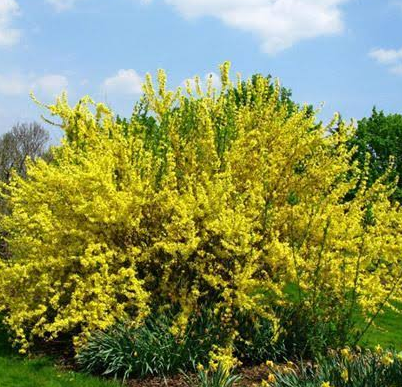
As can be seen in this Blog when we talked about dog friendly backyard landscaping ideas, by spending some valuable time on things such as yard design so that you incorporate solutions for both human and dog usage it is possible to have a workable and rewarding space for all.
Design consideration needs to incorporate separate zones for human use as well as placement of dog-friendly features that create an interesting, practical space that takes into consideration movement of sun and shade through the day and seasons as well as sleeping area, toilet areas, digging space and possibly a pond if that works for your dog.
Special consideration needs to be given to plant selection, irrigation, fertilizers and pest control as well as separating the dog area from any vegetable, herb and fruit growing area for humans; especially if you also include a mulch system and/or a chicken coop.
Be sure to get your dog a top of the line designer dog bed from our store so they will be comfortable after all of that time outside in the back yard.

